When it comes to light therapy, not all wavelengths are created equal. While both red light therapy and blue light therapy offer incredible skin and wellness benefits, they work in very different ways—and target different concerns.
Whether you're choosing between the two or considering combining them (spoiler: you can), this guide breaks down the differences so you can get the best results for your skin and body.
What Is Red Light Therapy?
Red light therapy (RLT) uses low-wavelength red light (typically 630–700 nanometers) that penetrates deep into the skin, reaching the dermis and even muscle tissue.
It’s commonly used to:
- Boost collagen production
- Improve skin tone and texture
- Support cellular repair and regeneration
- Reduce inflammation and joint pain
Red light works by stimulating mitochondrial activity (the “battery” of your cells), leading to better cellular performance across the board.
✅ Best For:
- Fine lines and wrinkles
- Loss of elasticity
- Redness and inflammation
- Post-workout recovery
- Skin healing and repair
What Is Blue Light Therapy?
Blue light therapy uses shorter wavelengths (usually 405–470 nanometers) that target the surface layers of the skin—perfect for treating conditions caused by bacteria and inflammation.
It’s primarily used for:
- Killing acne-causing bacteria (P. acnes)
- Reducing breakouts and oil production
- Calming inflamed or congested skin
Unlike red light, blue light doesn’t penetrate deeply. Instead, it focuses on purifying and balancing the outer skin layer.
✅ Best For:
-
Acne and blemishes
- Oily or congested skin
- Skin with enlarged pores
- Surface-level inflammation
Red Light vs. Blue Light: At-a-Glance Comparison
| Feature | Red Light Therapy | Blue Light Therapy |
|---|---|---|
| Wavelength | 630–700 nm | 405–470 nm |
| Skin Penetration | Deep (dermis, muscle tissue) | Shallow (epidermis only) |
| Primary Benefit | Collagen, healing, inflammation | Bacteria removal, oil control |
| Use Case | Aging, joint pain, skin rejuvenation | Acne, blemishes, calming skin |
| Treatment Frequency | 3–5× per week | 3–7× per week depending on skin |
| Pairs Well With | Serums, muscle recovery | Clarifying skincare, LED masks |
Can You Use Red and Blue Light Therapy Together?
Yes—and it’s highly recommended for a balanced skincare and wellness routine.
For example, with the IONS Ultrasonic Device, you can:
- Use blue light therapy to calm breakouts and purify the skin
- Follow with red light therapy to boost healing, reduce redness, and support elasticity
This dual approach is especially effective for combination skin or anyone managing both acne and signs of aging.
Tips for Safe and Effective Use
- Always start with clean, dry skin
- Use each light for 2–10 minutes depending on the area treated
- Avoid using over open wounds, infections, or light-sensitive conditions
- Use 3–5x per week for consistent results
- Combine with serums (post-light) for deeper nourishment
When deciding between red light therapy vs. blue light therapy, the right choice comes down to your goals:
- Fighting breakouts? → Blue light.
- Want to rejuvenate and heal? → Red light.
- Want both? → Alternate or layer based on your needs.
The best part? Devices like the IONS Ultrasonic let you access both—so you don’t have to choose.

